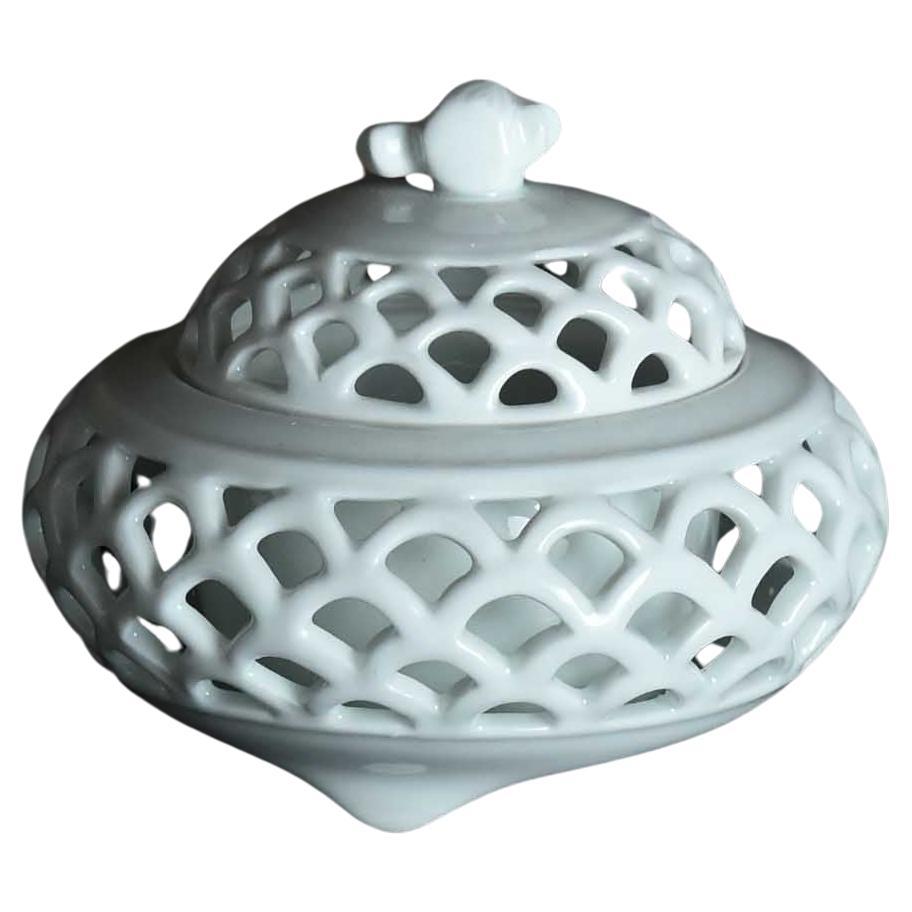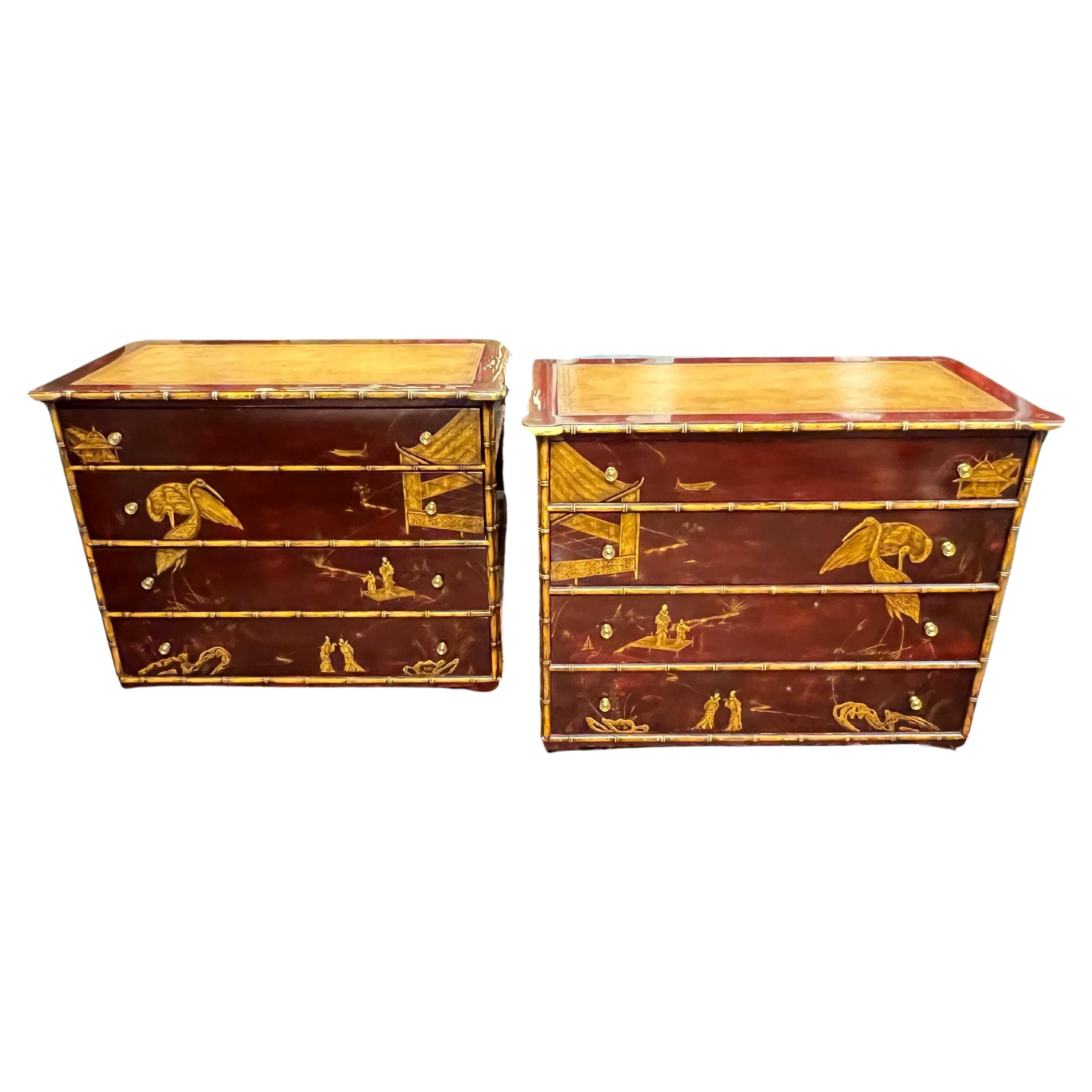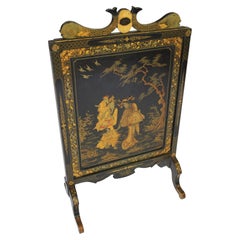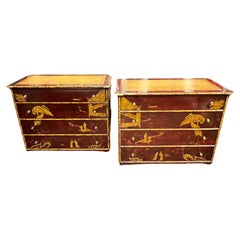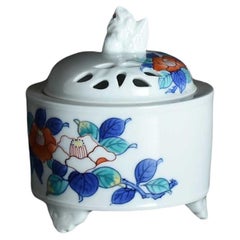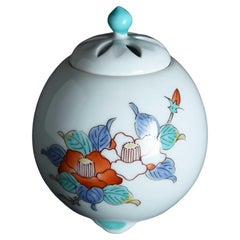Japanned Furniture
Early 1900s British Chinoiserie Antique Japanned Furniture
Lacquer
Mid-19th Century Japonisme Antique Japanned Furniture
Paper
1920s English Chinoiserie Vintage Japanned Furniture
Wood
Mid-20th Century Japanese Japonisme Japanned Furniture
Ceramic, Porcelain
Mid-20th Century Japanese Japonisme Japanned Furniture
Ceramic, Porcelain
Mid-20th Century Japanese Japonisme Japanned Furniture
Ceramic, Porcelain
Mid-20th Century Japanese Japonisme Japanned Furniture
Ceramic, Porcelain
Mid-20th Century Japanese Japonisme Japanned Furniture
Ceramic, Porcelain
Mid-20th Century Japanese Japonisme Japanned Furniture
Ceramic, Porcelain
Mid-20th Century Japanese Japonisme Japanned Furniture
Ceramic, Porcelain
Mid-20th Century Japanese Japonisme Japanned Furniture
Ceramic, Porcelain
Mid-20th Century Japanese Japonisme Japanned Furniture
Ceramic, Porcelain
Mid-20th Century Japanese Japonisme Japanned Furniture
Ceramic, Porcelain
Mid-20th Century Japanese Japonisme Japanned Furniture
Ceramic, Porcelain
Mid-20th Century Japanese Japonisme Japanned Furniture
Ceramic, Porcelain
Mid-19th Century Japanese Japonisme Antique Japanned Furniture
Ceramic, Porcelain
Mid-20th Century Chinese Chinese Export Japanned Furniture
Ceramic, Porcelain
Mid-19th Century Japanese Japonisme Antique Japanned Furniture
Ceramic, Porcelain
Mid-20th Century Japanese Japonisme Japanned Furniture
Ceramic, Porcelain
Mid-20th Century Japanese Japonisme Japanned Furniture
Ceramic, Porcelain
Mid-20th Century Japanese Japonisme Japanned Furniture
Ceramic, Porcelain
Mid-20th Century Japanese Japonisme Japanned Furniture
Ceramic, Porcelain
Mid-20th Century Japanese Japonisme Japanned Furniture
Ceramic, Porcelain
Mid-20th Century Japanese Japonisme Japanned Furniture
Ceramic, Porcelain
Mid-20th Century Japanese Japonisme Japanned Furniture
Ceramic, Porcelain
Mid-20th Century Japanese Japonisme Japanned Furniture
Ceramic, Porcelain
Mid-20th Century Japanese Japonisme Japanned Furniture
Ceramic, Porcelain
Early 17th Century Japanese Japonisme Antique Japanned Furniture
Ceramic, Porcelain
Mid-20th Century Japanese Japonisme Japanned Furniture
Ceramic, Porcelain
Mid-20th Century Japanese Japonisme Japanned Furniture
Ceramic, Porcelain
Mid-20th Century Japanese Japonisme Japanned Furniture
Ceramic, Porcelain
Mid-20th Century Japanese Japonisme Japanned Furniture
Ceramic, Porcelain
Mid-20th Century Japanese Japonisme Japanned Furniture
Ceramic, Porcelain
Early 17th Century Japanese Japonisme Antique Japanned Furniture
Ceramic, Porcelain
Mid-20th Century Japanese Japonisme Japanned Furniture
Ceramic, Porcelain
Mid-20th Century Japanese Japonisme Japanned Furniture
Ceramic, Porcelain
Mid-20th Century Japanese Japonisme Japanned Furniture
Ceramic, Porcelain
Mid-20th Century Japanese Japonisme Japanned Furniture
Ceramic, Porcelain
Mid-20th Century Japanese Japonisme Japanned Furniture
Ceramic, Porcelain
Mid-20th Century Japanese Japonisme Japanned Furniture
Ceramic, Porcelain
Mid-20th Century Japanese Japonisme Japanned Furniture
Ceramic, Porcelain
Mid-20th Century Japanese Japonisme Japanned Furniture
Ceramic, Porcelain
Mid-20th Century Japanese Japonisme Japanned Furniture
Ceramic, Porcelain
Mid-20th Century Japanese Japonisme Japanned Furniture
Ceramic, Porcelain
Mid-20th Century Japanese Japonisme Japanned Furniture
Ceramic, Porcelain
Mid-20th Century Japanese Japonisme Japanned Furniture
Ceramic, Porcelain
Mid-20th Century Japanese Japonisme Japanned Furniture
Ceramic, Porcelain
Mid-20th Century Japanese Japonisme Japanned Furniture
Ceramic, Porcelain
Mid-20th Century Japanese Japonisme Japanned Furniture
Ceramic, Porcelain
Mid-20th Century Japanese Japonisme Japanned Furniture
Ceramic, Porcelain
Mid-20th Century Japanese Japonisme Japanned Furniture
Ceramic, Porcelain
Early 20th Century Japanese Japonisme Japanned Furniture
Ceramic, Porcelain
Mid-20th Century Japanese Japonisme Japanned Furniture
Ceramic
Mid-20th Century Japanese Japonisme Japanned Furniture
Ceramic, Porcelain
Mid-20th Century Japanese Japonisme Japanned Furniture
Ceramic
Mid-20th Century Japanese Japonisme Japanned Furniture
Ceramic, Porcelain
Mid-20th Century Japanese Japonisme Japanned Furniture
Ceramic, Porcelain
Mid-20th Century Japanese Japonisme Japanned Furniture
Ceramic, Porcelain
